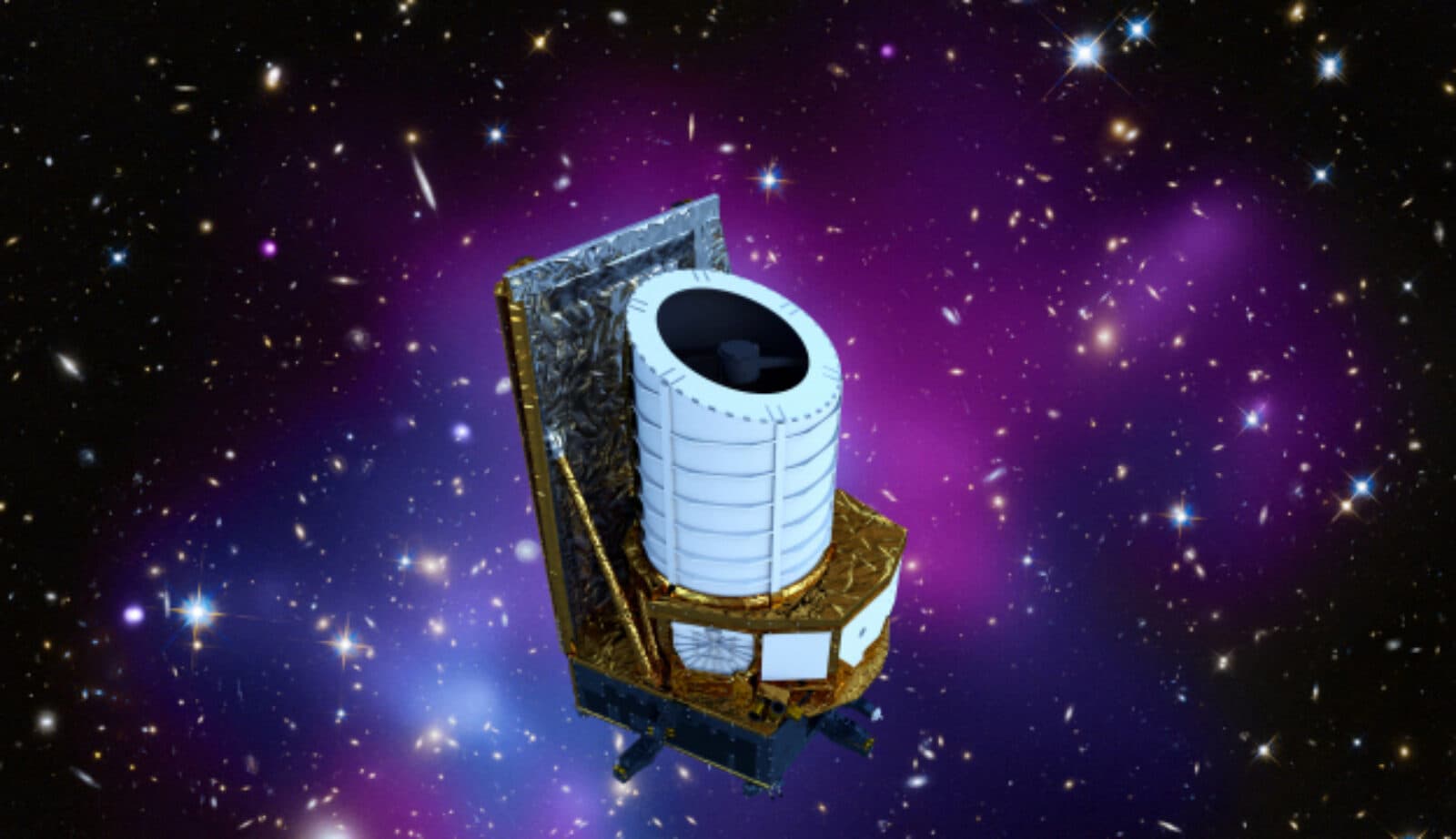Precision Cosmology
by Adam Hadhazy
The nitty-gritty details right on the grandest of scales

The Author
The Researcher
As a science, cosmology is as big as it gets. Ambitiously, the field concerns itself with the entire universe, as well as all of time. When dealing with these sorts of colossal spans, "precision" would appear to be unachievable, or even almost beside the point; merely ballparking why and how things are the way they are might seem explanatorily satisfying.
The approach of so-called precision cosmology belies this notion, however. Precision cosmology is premised on continuing to nail down the various parameters that have worked in concert to determine the structure of the universe over its eons of existence—along with all the eons to come.
This is the essence of one of the research themes at the Kavli Institute for Cosmology, Cambridge (KICC), "Large Scale Structure and Precision Cosmology." The theme emerges from ever-advancing work detailing the interplay of three entities, namely matter, dark matter, and dark energy. These entities have determined the look, shape, and evolution of the cosmos, based on physical laws and their large-scale manifestations.
Of the trio, matter is the one we're deeply familiar, though it only evidently makes up about five percent of the whole cosmic kit 'n kaboodle. Dark matter has haunted cosmologists for decades, lurking as an unseeable, but indirectly detectable sort of gravitational glue that holds individual galaxies and vast, galaxy-studded cosmic structures together. It's reckoned to compose a quarter of the universe's total substance. The last of the three entities, dark energy, comprises the cosmic lion's share, about 70 percent. Remarkably, dark energy was only discovered in the late 1990s, revealed through supernovae explosions of stars that appeared far too faint, given their expected distance. These observations startlingly revealed that the universe's documented expansion is accelerating.
"This discovery marked a paradigm shift: the density of the Universe was dominated by a new component—dark energy—in addition to dark matter," says George Efstathiou, former director and current member of KICC, as well as Professor of Astrophysics (1909) at the University of Cambridge. "However, we didn't know the densities of these components to any great precision."
Efstathiou is one of the researchers involved in the Large Scale Structure and Precision Cosmology theme at KICC. His work, alongside that of colleagues, has continued to constrain the properties of dark matter and dark energy, figuring out how they interact with all the aspects of the universe we can readily observe. The above-mentioned figures of 25 and 70 percent for dark matter and dark energy, respectively, stem directly from these field-wide efforts.
"In the 20 years since this discovery [of dark energy], principally from observations of the cosmic microwave background radiation, large galaxy surveys and distant supernovae, the densities of these components has been measured accurately," says Efstathiou.
The cosmic microwave background, or CMB, is often described as the oldest light in the universe. Delicate, yet detectable signals imprinted upon this light speak to the proportions of matter, dark matter, and dark energy, and how they've driven the universe's evolution from the Big Bang to present day, 13.8 billion years later. The Planck spacecraft, which operated from 2009 to 2013, delivered the most precise CMB measurements to date. But various observatories are continuing to delve further into this sky-wide glow, peeling back layers and delivering fresh insights.
Large galaxy surveys, meanwhile, have likewise continued apace, through numerous projects, some with Kavli Institute involvement. Examples include the Dark Energy Survey, the Legacy Survey of Space and Time to be performed by the Vera C. Rubin observatory, and the galaxy-distance-measuring Euclid spacecraft slated for next decade.
"Euclid will produce a very deep imaging survey," says Efstathiou. "Euclid should also lead to precise measurements of the equation of state of dark energy."
Identifying and accounting for inevitable sources of error in measurements from necessarily imperfect instruments will be a significant challenge as researchers forge ahead into still-more-precise precision cosmology. So, too, will the increasingly pertinent nuances of the phenomena under study. "The main problem for the future will be dealing with systematic errors and astrophysical complexities," says Efstathiou.
Bit by bit, the whole picture of the cosmos is coming together, though entirely new physics may yet need to be invoked for it all to come into sharp focus. Precision is indeed possible, even on the grandest of scales.